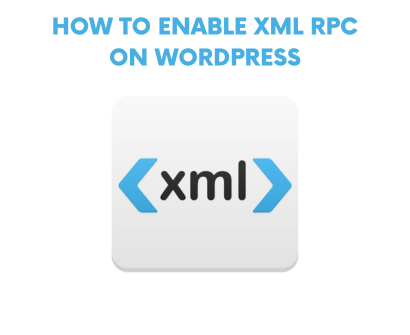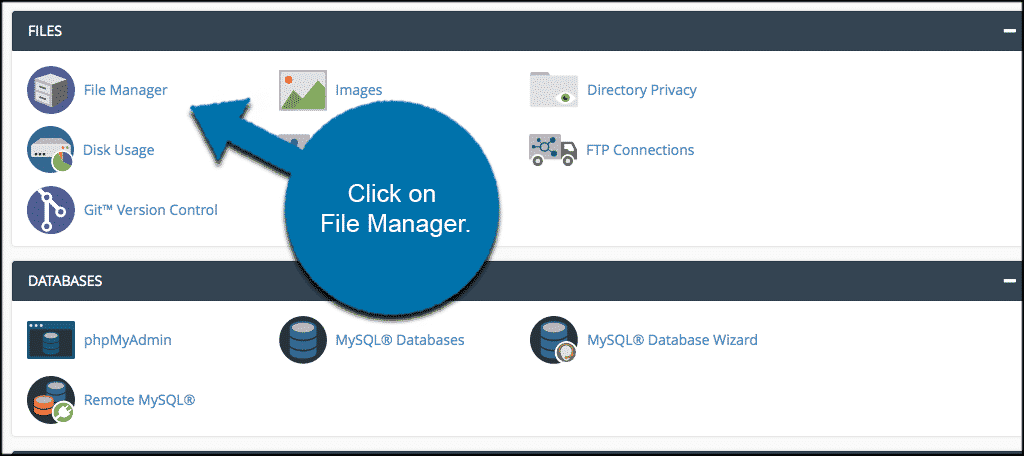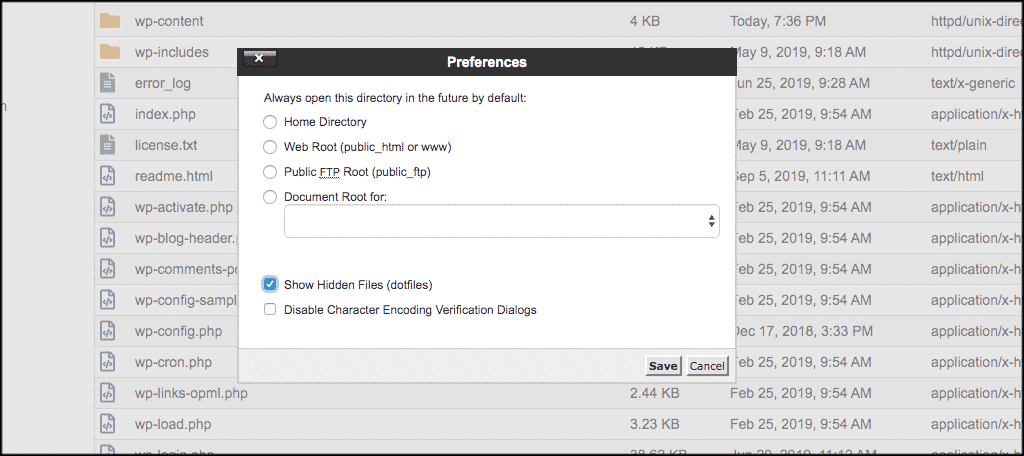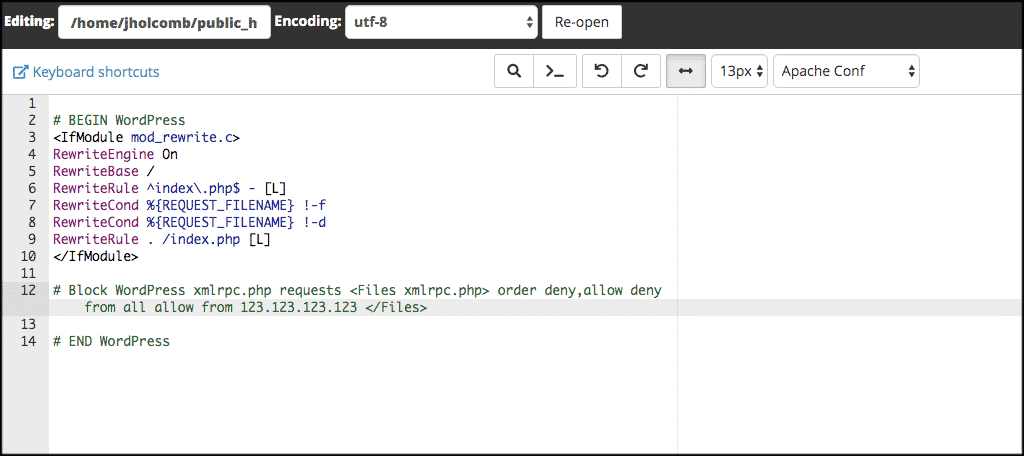
The WordPress XML RPC is a system that allows remote updates to WordPress from other applications. For instance, the Windows Live Writer system is capable of posting blogs directly to WordPress because of xmlrpc.php. In its earlier days, however, it was disabled by default because of coding problems. So you’ve got this nifty feature in WordPress called XML-RPC, but sometimes it decides to play hide and seek. To unleash its powers, it’s like giving it a special invitation. This feature is handy for remote publishing, connecting apps, and making your site more interactive. Just be aware that with great power comes great responsibility, so use it wisely!
In essence, xmlrpc.php could open the site to various attacks and other issues. Luckily, the developers of this code have long since tightened up its structure and it is still a widely used application.
In this tutorial, we’re going to show you how to enable and disable the xmlrpc.php and why it’s important to know the difference.
How to Enable WordPress XML RPC
Enable WordPress XML-RPC using cPanel’s File Manager and editing the .htaccess file, here’s a step-by-step guide:
- Access cPanel: Log in to your hosting account and access the cPanel dashboard. You’ll usually find this in the hosting control panel.
- Open File Manager: Look for the “File Manager” icon or option in cPanel. Click on it to open the File Manager.

- Navigate to Your WordPress Root Directory: Locate the directory where your WordPress site is installed. This is typically the “public_html” folder, but it might vary based on your hosting setup.

- Find and Edit .htaccess: In the File Manager, find the .htaccess file in the WordPress root directory. Right-click on it, and select “Edit” or “Code Edit” from the context menu.
- Add XML-RPC Code: Add the following code to your .htaccess file, just above the existing WordPress rules:
<Files "xmlrpc.php">
Order Allow,Deny
allow from all
</Files>
The Reality of WordPress XML RPC
The xmlrpc.php file in WordPress might seem like a cryptic piece of code, but it’s like a backstage pass for certain features. In the grand scheme of things, it’s a tool tailored for those who like to run the show from their mobile devices or use remote connections.
Picture this: you’re on the move, and inspiration strikes. With XML-RPC, you can whip out your mobile app and publish that brilliant idea straight to your WordPress site without needing a desktop. It’s like having a remote control for your website.
Developers have poured their sweat and tears into fine-tuning this feature because, let’s face it, in a world where we’re glued to our smartphones, making WordPress work seamlessly on mobile devices is a big deal.
But hey, not everyone needs this tool. If you’re content with the way your site functions on your phone or tablet without the XML-RPC magic, that’s perfectly fine. The core of WordPress is a champ when it comes to mobile usability, and many folks find everything they need right at their fingertips without diving into the XML-RPC universe.
In the end, it’s about giving you options. If you’re the kind of person who loves running your site from your mobile or using remote apps, XML-RPC is your sidekick. If not, no worries – WordPress is still here, ready to rock on whatever device you choose. It’s all about making your experience as smooth as possible!
